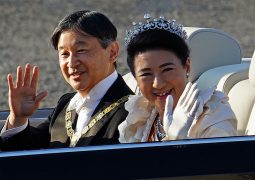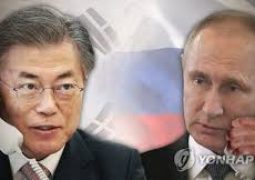PRC’s GDP overpass US in 2019. Opinion: If China thinks it’s overtaking the US any time soon, here’s a wake-up call
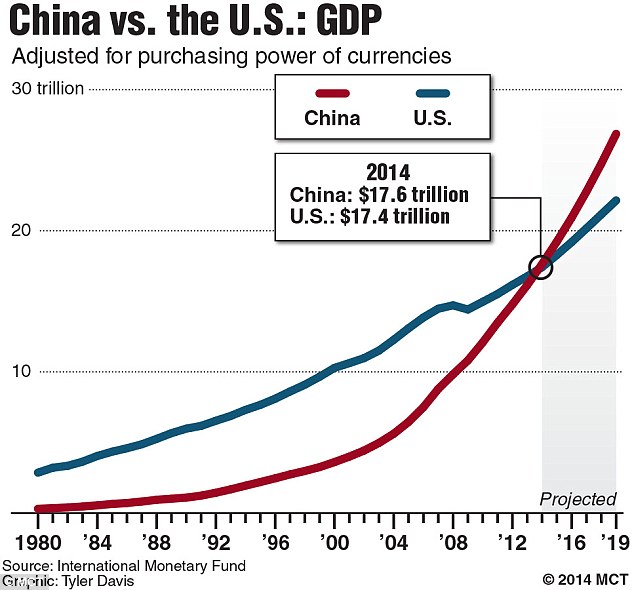
- There’s no guarantee that China’s economy will surpass America’s – and even if there was, it wouldn’t mean much
The warning by the former commerce minister Chen Deming that China should not assume it will overtake the United States to become the world’s top superpower should serve as a wake-up call to those harbouring illusions about China’s place in the world, while ignoring the challenges ahead.
“Do not take it for granted that China is number two, and do not make the assumption that we will be number one sooner or later,” Chen told a forum organised by the Centre for China and Globalisation, a Beijing-based think tank last Sunday.
The perception that China is the number two global power and on the path to become number one is based on two questionable assumptions – one, that China’s stellar growth levels, which outpace those of its main competitors, will continue on the same path, and two, that gross domestic product or the size of the economy equates to national power.
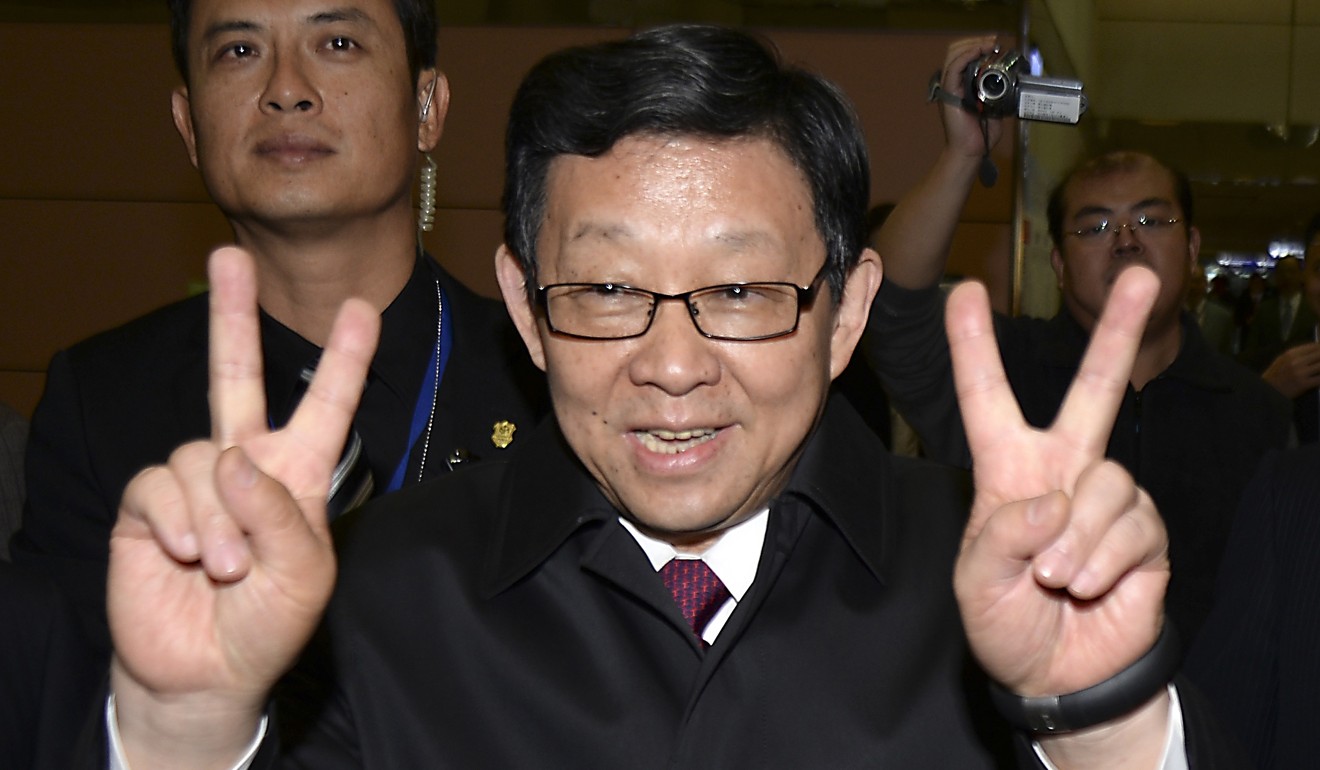
Let’s examine these perceptions in turn, firstly the assumption about China’s growth. Last year, China’s official GDP was about 90 trillion yuan, or US$13 trillion, using the official exchange rate at the end of 2018 that was 6.88 yuan to one dollar. That would make China’s GDP about two-thirds of America’s US$20.89 trillion. Based on the differences in the two countries’ growth rates over the past two decades, some economists forecast China’s GDP will overtake that of the US somewhere around 2030. Based on an exchange rate of six yuan to one dollar, China might be in front as soon as 2025, or if it is 7.8 yuan to one greenback, China might have to wait until 2031 before it is top dog.
This is because the annual growth rate for the US economy over the past decade has hovered around three per cent, compared to a rate two to three times higher in China.

But what all these calculations assume is that China’s enviable growth patterns will continue in their present fashion – and it is far from clear that this will be the case. Indeed, the world’s second largest economy has been losing growth momentum steadily since peaking at 14.23 per cent in 2007. It slowed to 10.62 per cent in 2010, 7.29 per cent in 2014 and 6.6 per cent last year.
Tellingly, the outlook looks gloomier than any time in recent memory, with the downward trend having picked up pace quarter by quarter since the beginning of last year. In the first quarter the rate was 6.8 per cent, in the second it was 6.7, in the third 6.5 and in the fourth 6.4. Though growth has steadied with a better-than-expected 6.4 per cent in the first quarter of this year, thanks to supporting monetary easing and fiscal stimulus, it is still the lowest rate since 1992, when Beijing began publishing quarterly GDP data.
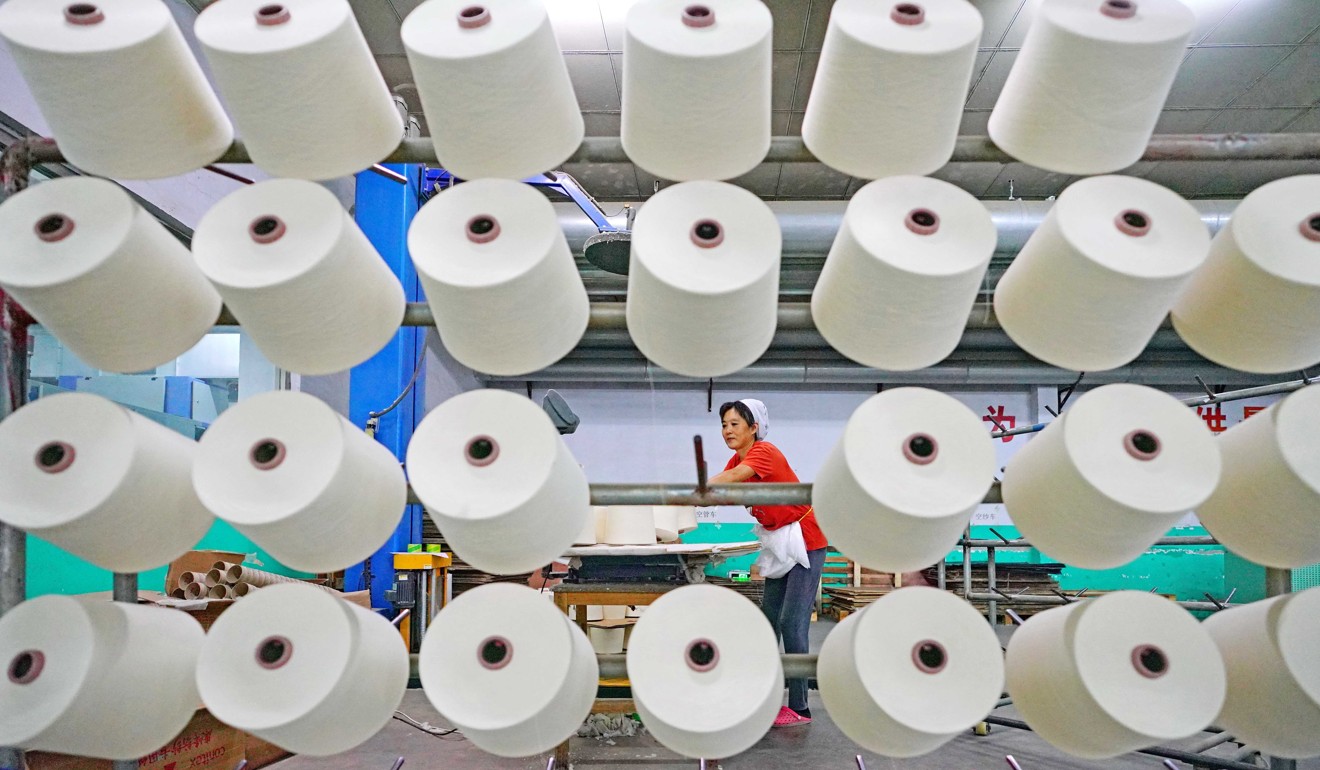
In coming years, as China switches to a new model of growth based on consumption, its economy looks certain to slow much more substantially.
Doubts over whether the Chinese economy can halt its downward trend cast uncertainty over the timing of China’s catch-up. They also raise the possibility of another scenario, in which China’s growth rate falls to a similar level of the US, in which case it would never catch up with the US, let alone surpass it.
Next, we should question the second assumption that equates the size of an economy with national power. Even if China’s GDP surpasses that of the US, it does not follow that China will then be as economically powerful and as wealthy as Americans.
GDP is a measure of a country’s economic activities, but it does not accurately measure improvements in human well-being and it does not tell the full story about national strength.
In China’s case particularly, GDP growth is closely linked to asset bubbles, speculation and state-led capital investment. This has resulted in much overcapacity and bad debt, producing what economists call “bad GDP”.

A more meaningful measurement of the development levels, productivity and sophistication of a society – not to mention the personal wealth of its citizens – is GDP per capita.
Last year, China’s per capita GDP was 64,500 yuan – about US$9,400 – compared to US$53,712 in America. China’s per capita income did not even beat the world average of US$11,570 in 2018 and was below the benchmark of US$10,000 that separates middle-income and low-income economies.
The distinction between GDP and GDP per capita explains why America took until the end of the second world war to surpass Britain as the world’s most powerful nation, despite having surpassed it in GDP terms as early as the 1860s (at least on some estimations – the concept of GDP was dreamt up by Nobel laureate Simon Kuznets at the dawn of the 20th century).
It also explains how China could be so frequently conquered by Western powers in the mid 19th century, despite being far ahead of them in terms of the size of its economy at the time.
A nation’s power is not limited to its economic size. It is also about its productivity, sophistication, technology and management skills. It is about its military and diplomatic strength, and what is often termed “soft power” – developments in the fields of science, education, culture and the arts. On most of these measures China still lags far behind most of the developed, free democracies of the West.
And that is why the sober-minded Chen also told his countrymen to acknowledge that China would remain “in the primary stage of socialism” for a long time yet – warning that its economic size did not give it the right to dictate the world’s rules. ■ ■
Cary Huang is a veteran China affairs columnist, having written on the topic since the early 1990s
- Previous Sara Duterte: First Daughter, Davao city mayor – and Philippine president in waiting?
- Next Leading Jewish group outraged at beating of Judas effigy in Poland




